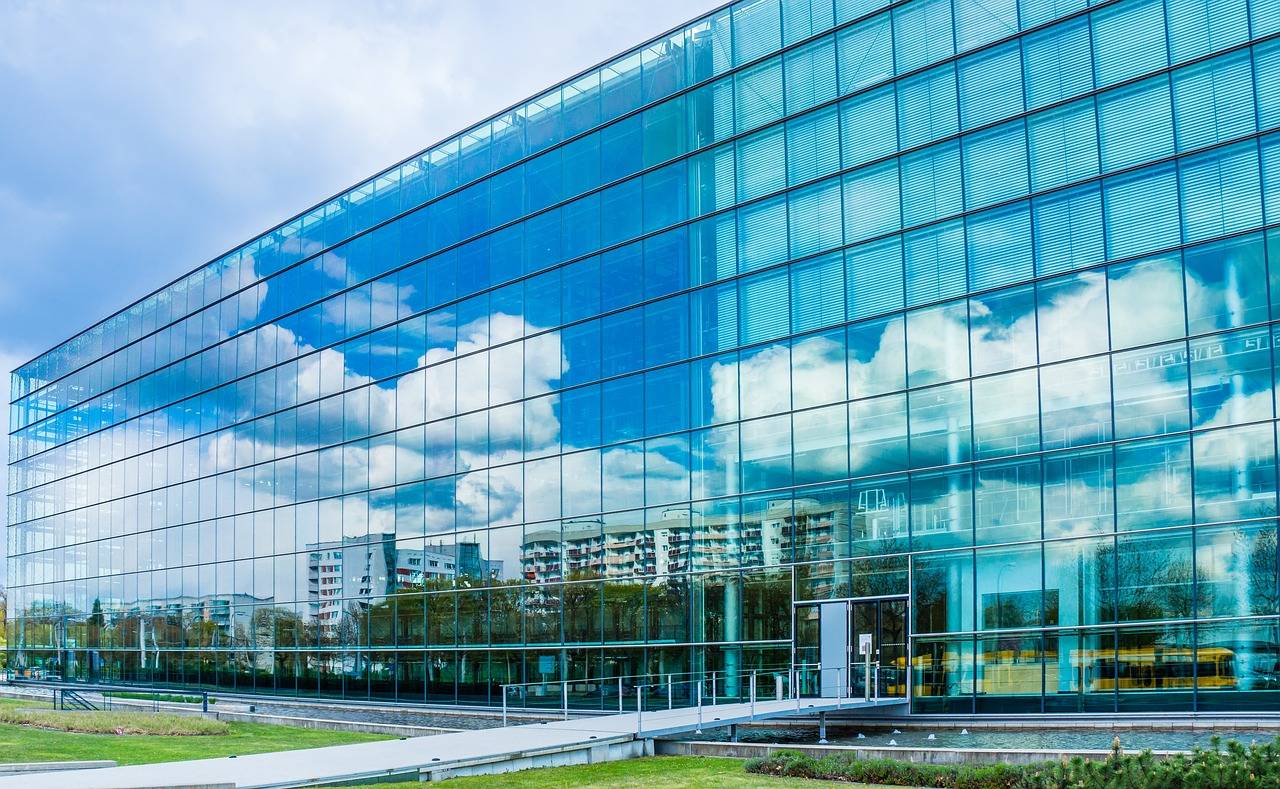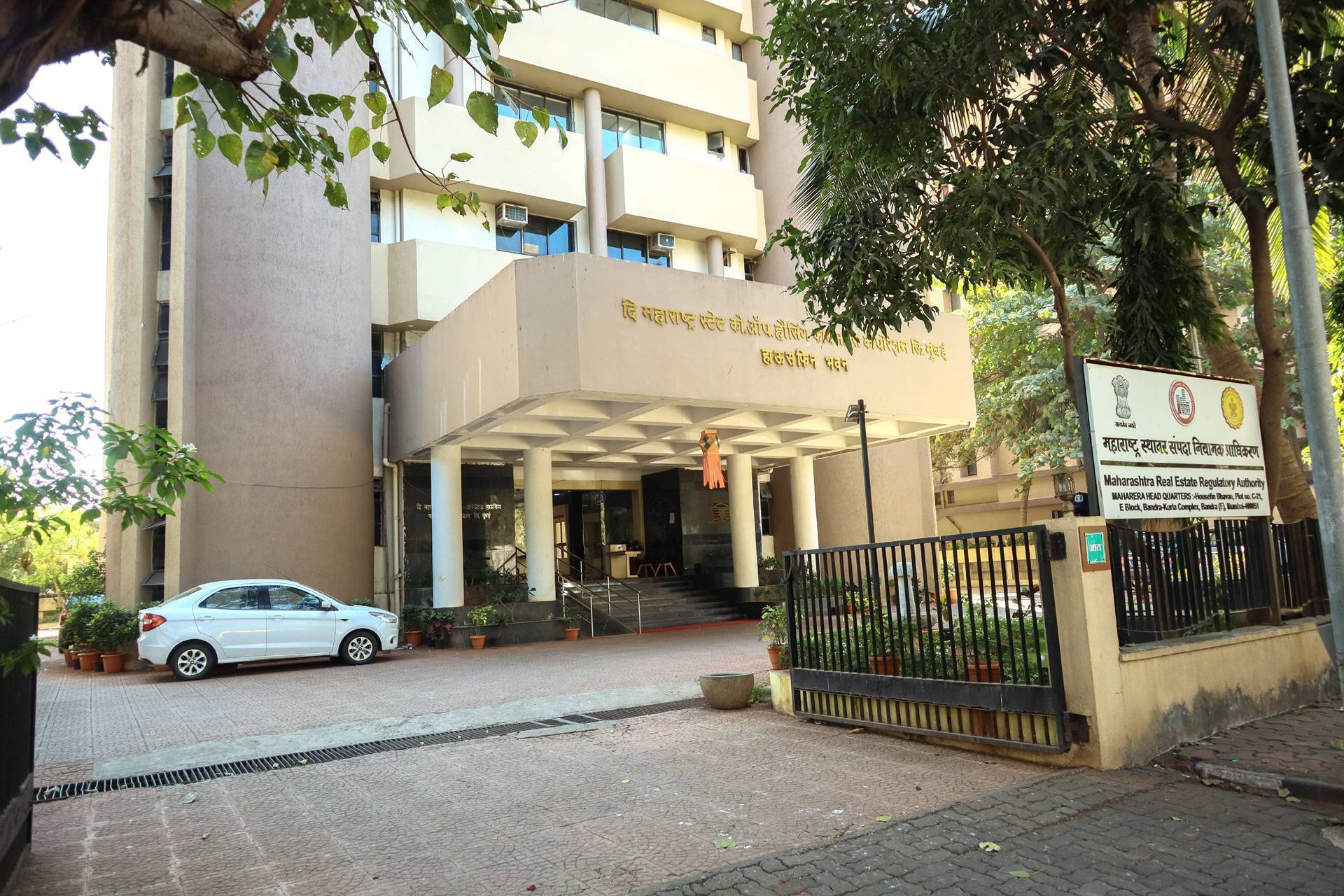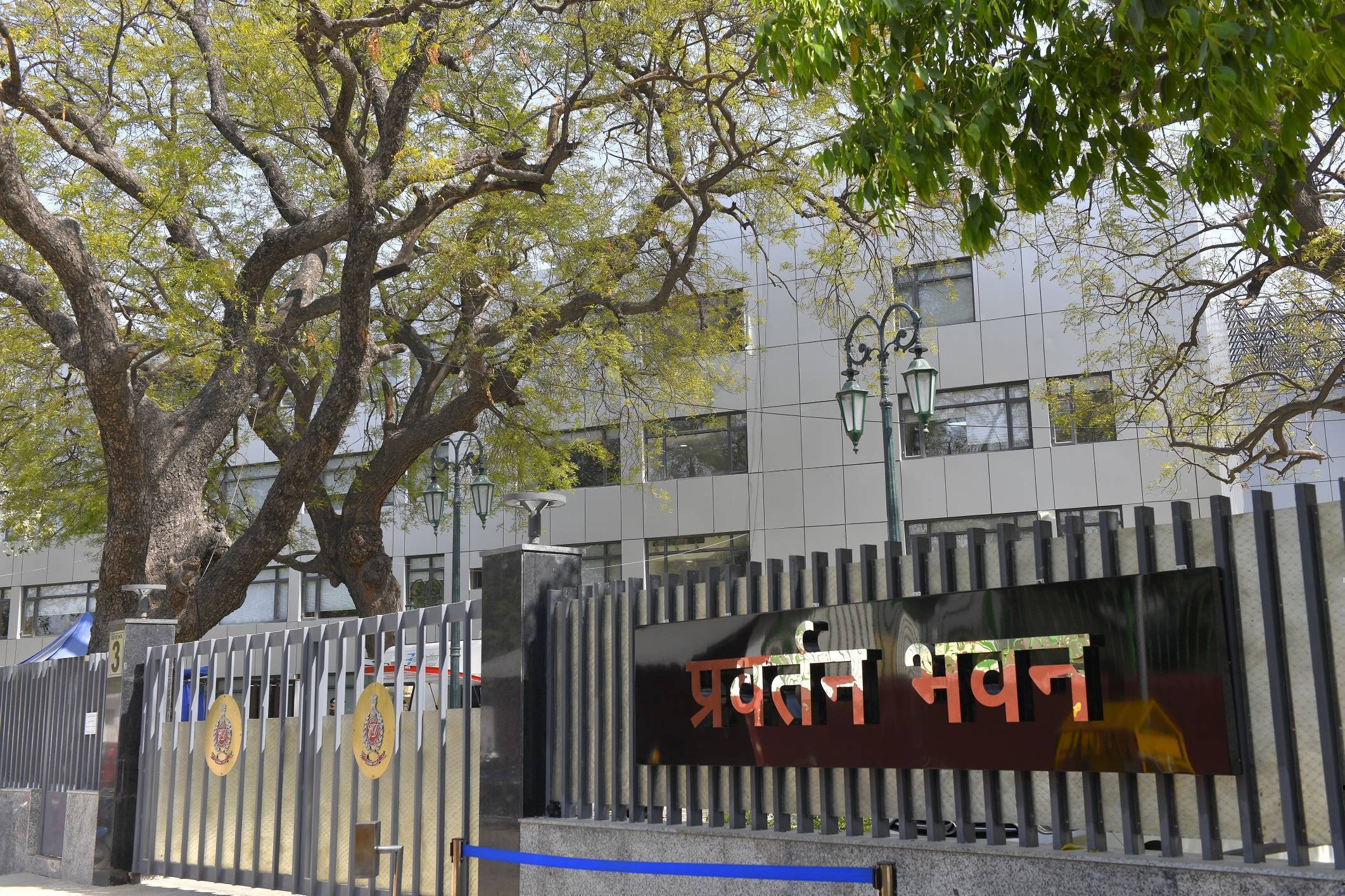The Maharashtra state government has decided to ease the open space regulations for commercial buildings featuring glass facades. This decision, which was formalized through a notification issued on July 1, 2024, comes in response to a request from the Confederation of Real Estate Developers' Associations of India (CREDAI-MCHI). The new regulation modifies the Development Control Promotion and Regulations (DCPR)-2034 by allowing reduced setbacks and minimized distances between buildings equipped with glass facades. The rationale behind this adjustment is the assumption that glass facades contribute sufficient artificial light and mechanical ventilation, thereby justifying a reduction in open space requirements.
The New Regulation
Under the updated regulations, commercial buildings that incorporate glass facades are granted more flexibility in terms of spatial requirements. The state's urban development department has sanctioned this change, which permits these buildings to reduce the required open spaces and setbacks. The intention is to facilitate higher floor space index (FSI) utilization without the constraints imposed by traditional open space regulations. Architect Vilas Nagalkar, a member of the Practising Engineers, Architects, and Town Planners Association (PEATA), supports this move, highlighting that the high FSI allowed under the DCPR-2034 was challenging to implement due to the large premiums associated with maintaining extensive open spaces.
Arguments in Favor of the Relaxation
Proponents of the relaxation argue that the use of glass facades significantly enhances the building's ability to harness natural light during the day and provides adequate mechanical ventilation. They believe that this approach will support urban development by allowing more efficient use of available land. The reduction in open space requirements is expected to lead to more aesthetically pleasing and modern building designs, which can contribute to the overall appeal and functionality of commercial spaces.
Criticism and Environmental Concerns
However, the relaxation of these regulations has faced criticism from various quarters, particularly from environmentalists and urban researchers. Critics argue that reducing the side open spaces will adversely impact the light and ventilation available to neighboring buildings, which could lead to increased dependency on artificial lighting and cooling systems. Hussain Indorewala, an urban researcher and architect, has voiced concerns that this policy change contradicts the government's climate action goals. He emphasizes that such buildings might contribute to higher energy consumption, which is counterproductive to efforts aimed at achieving net-zero emissions.
Moreover, the reduction in open spaces could have broader implications for urban infrastructure. It may affect access for emergency services such as fire engines and hinder ground water absorption, potentially exacerbating issues related to urban heat islands and local flooding. The potential environmental and infrastructural drawbacks of this policy shift highlight a growing tension between urban development goals and sustainability considerations.
The Broader Impact
The decision to relax open space requirements for glass facade buildings reflects a broader trend in urban planning and real estate development. Cities around the world are grappling with similar issues as they balance the need for modern, high-density commercial spaces with environmental and infrastructural concerns. In Maharashtra, this policy change underscores the challenges of managing urban growth while addressing the impact of climate change and ensuring the sustainability of urban environments.
The debate over this regulation illustrates the complex interplay between development incentives and environmental stewardship. While the relaxation may provide immediate benefits to developers by reducing costs and allowing for more flexible building designs, the long-term implications for urban sustainability and environmental impact remain significant.
Conclusion
The Maharashtra government's decision to relax open space requirements for glass facade buildings is a significant development in urban policy. It aims to facilitate higher density and more modern commercial buildings but also raises important questions about its impact on environmental sustainability and urban infrastructure. As cities continue to evolve and face new challenges, finding a balance between development and environmental protection will remain a critical issue. The effectiveness of this policy change in achieving its intended goals while mitigating potential negative impacts will be closely watched by stakeholders across the urban planning and real estate sectors.
Image source-pixabay.com









.png)